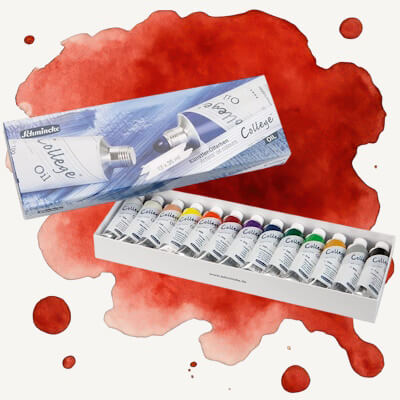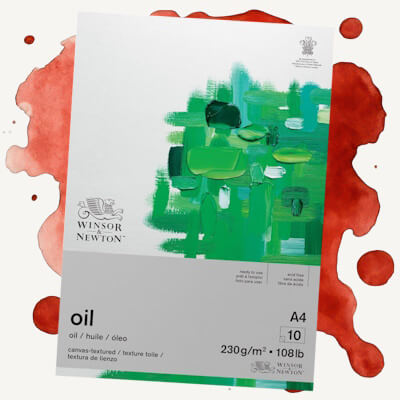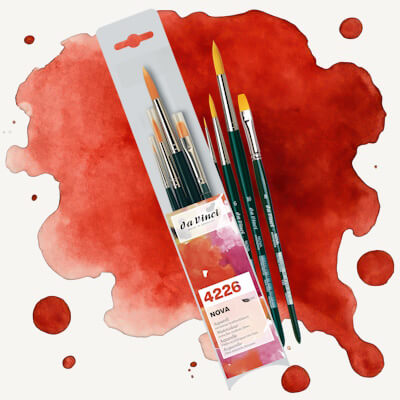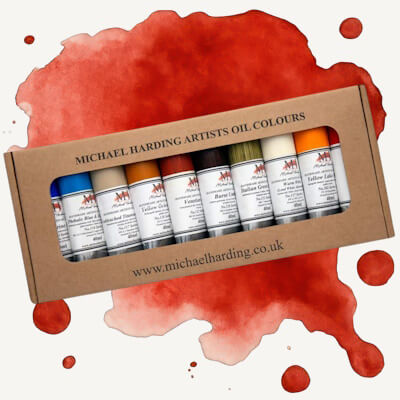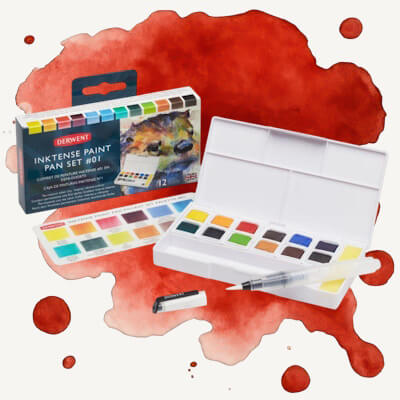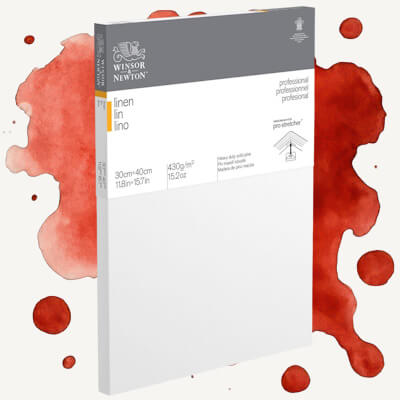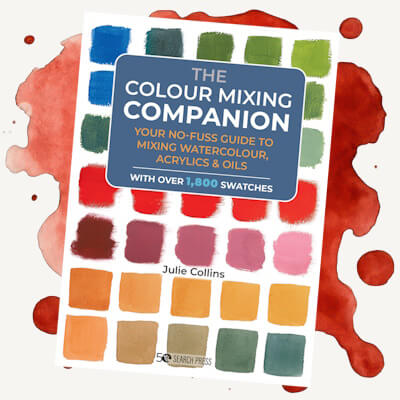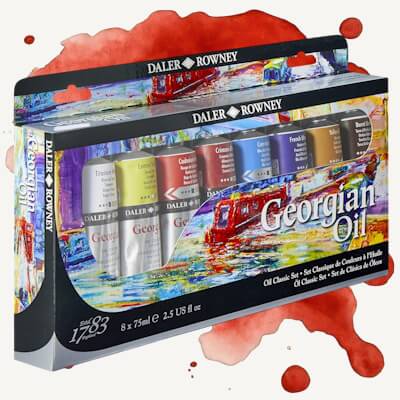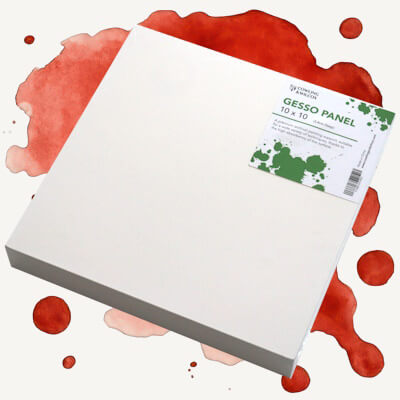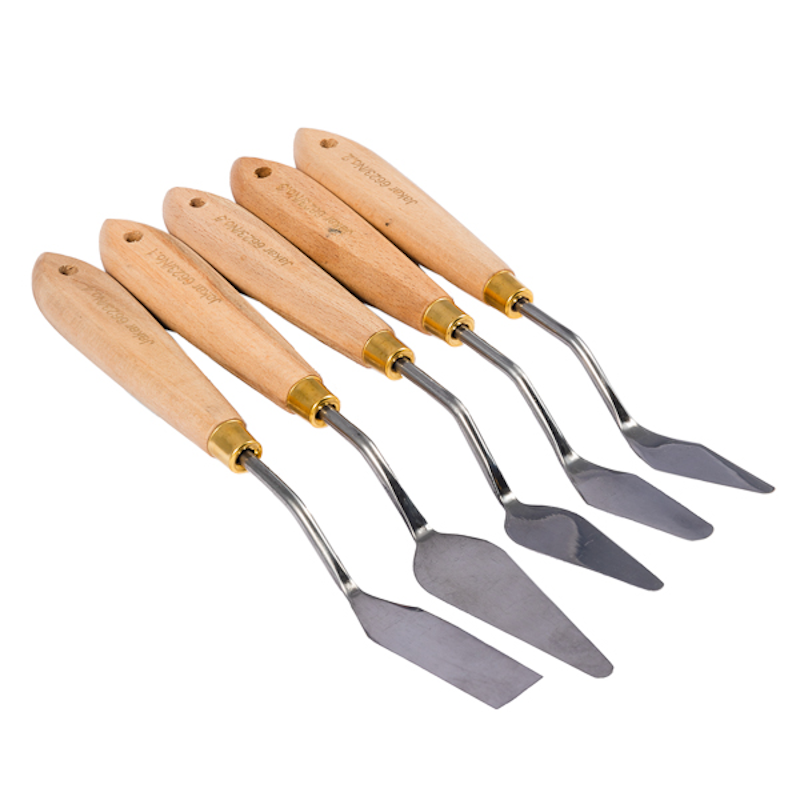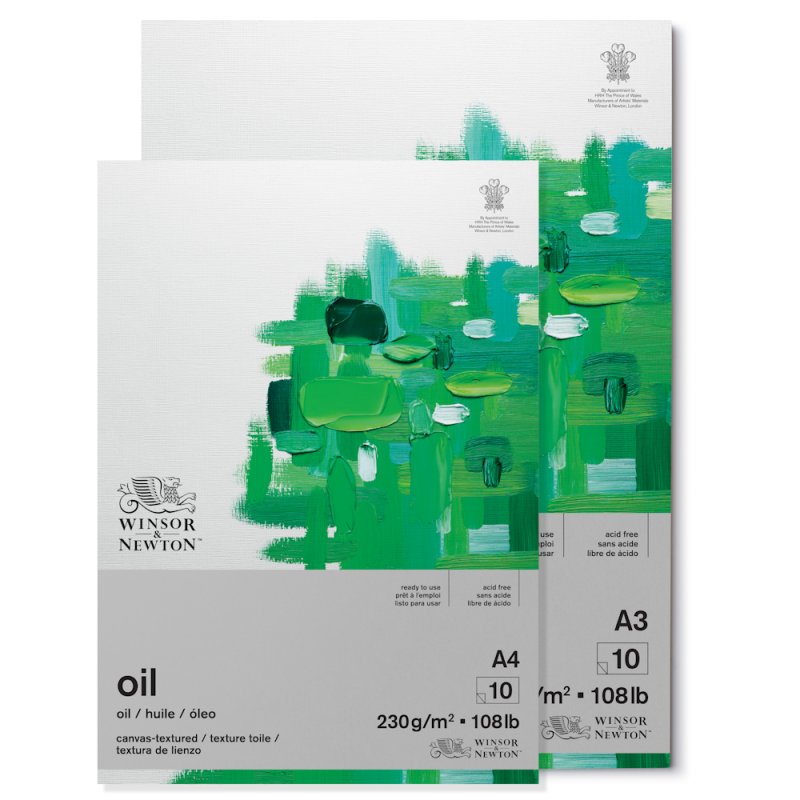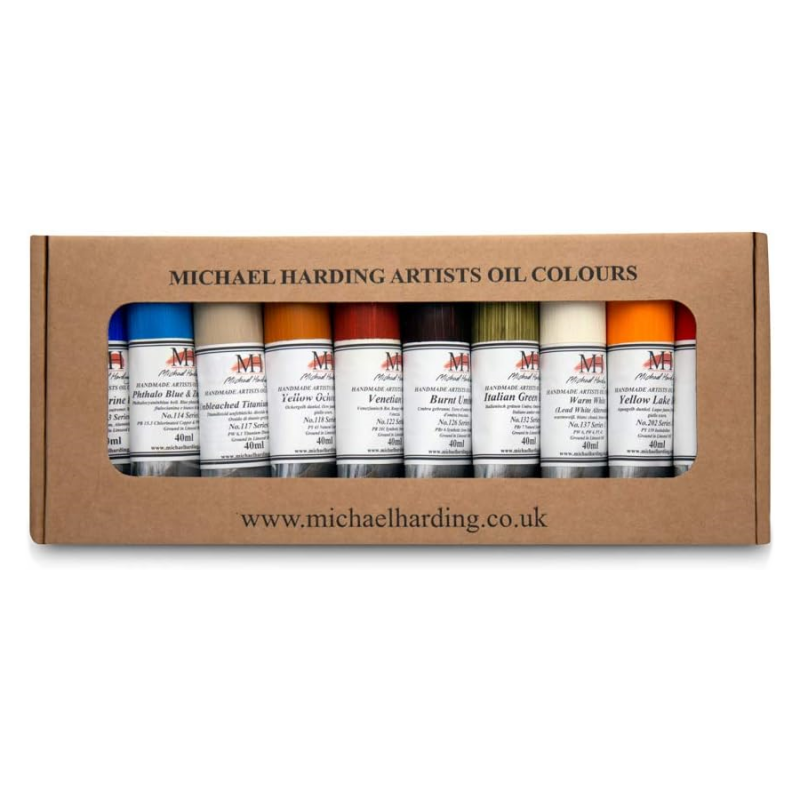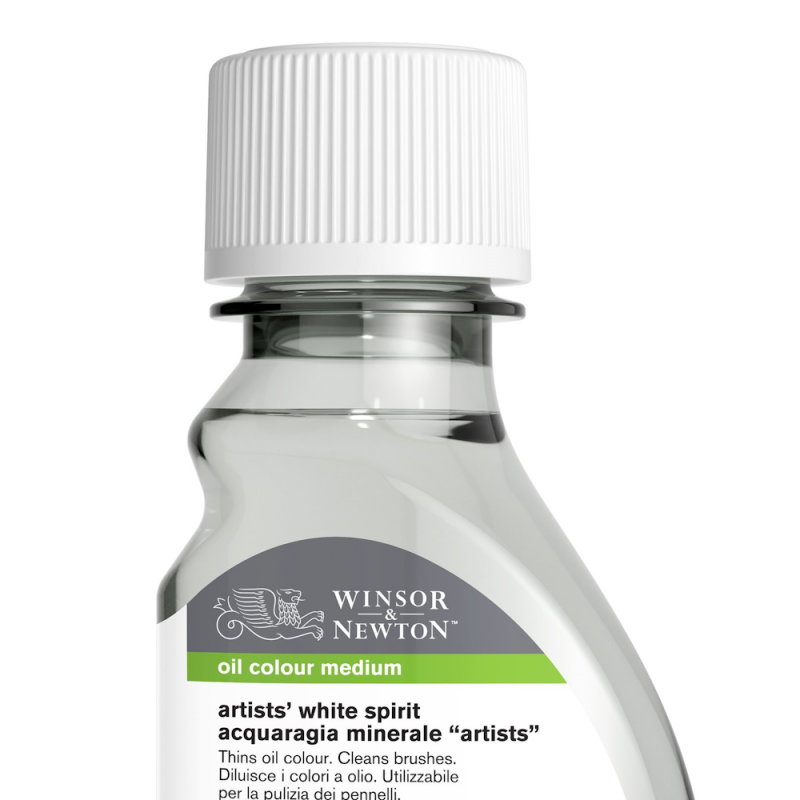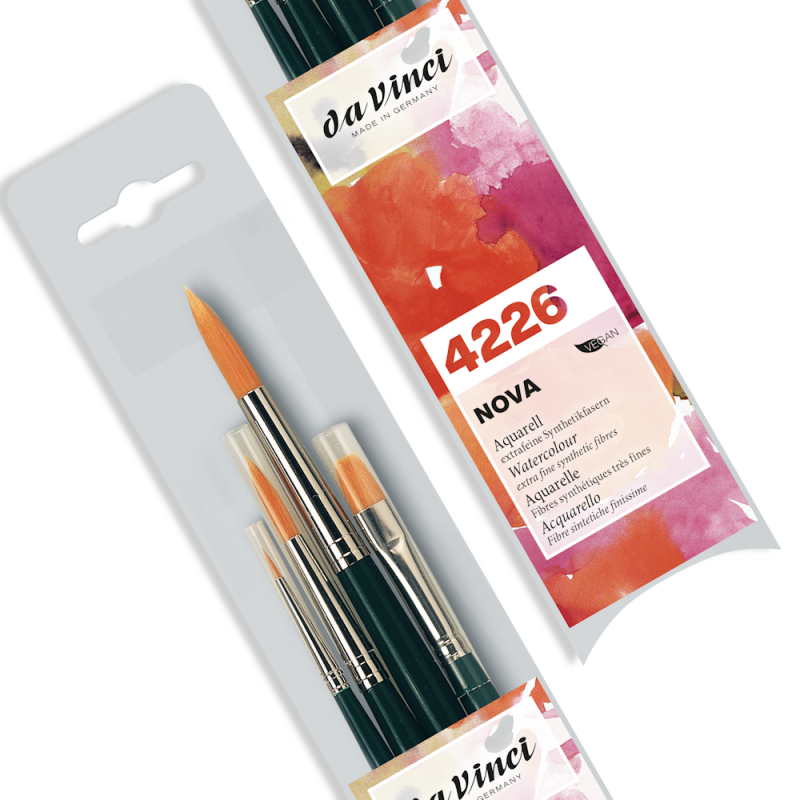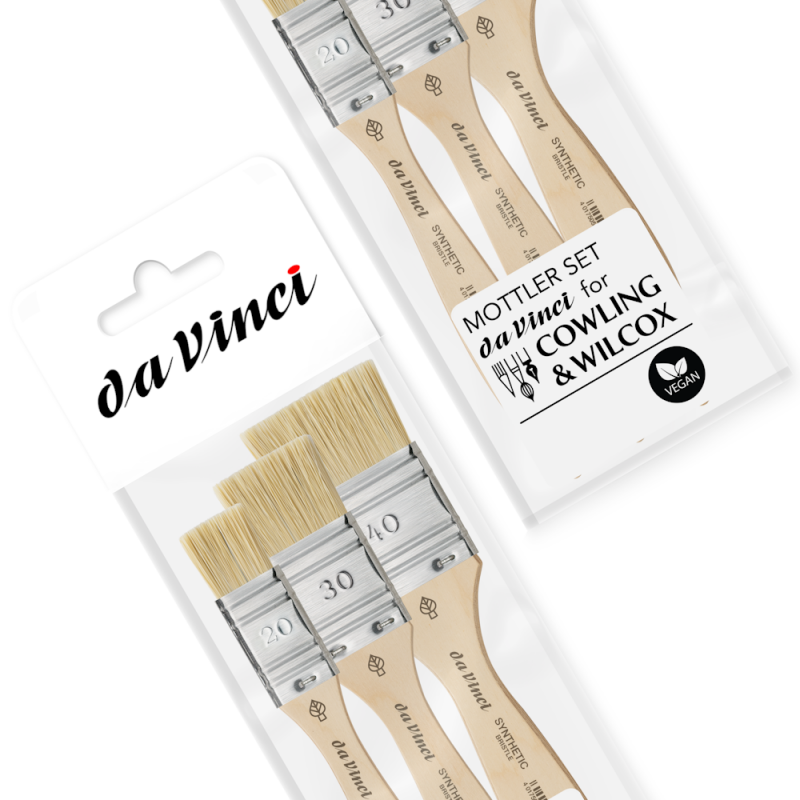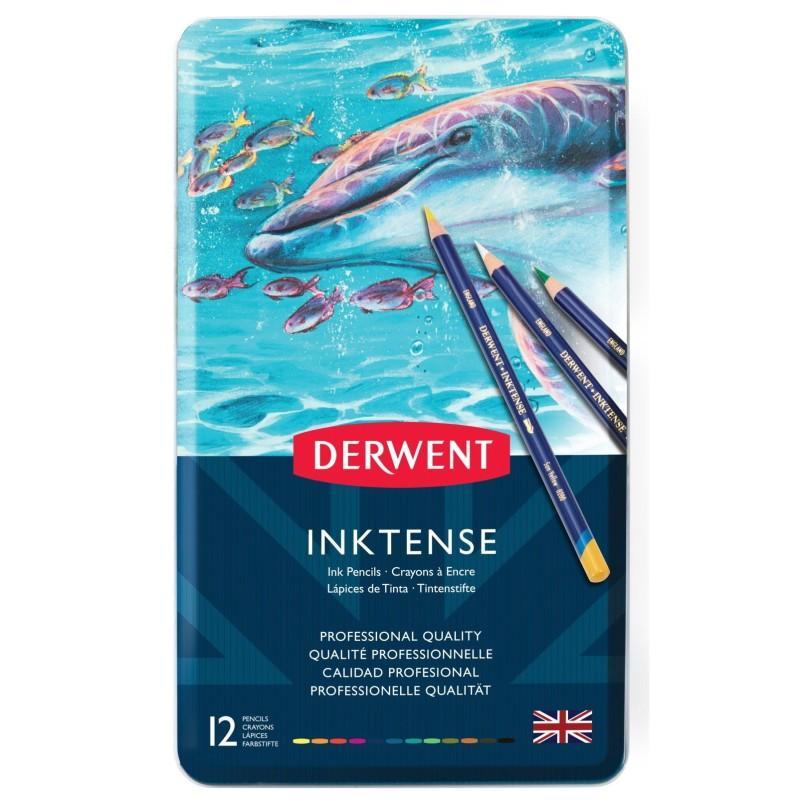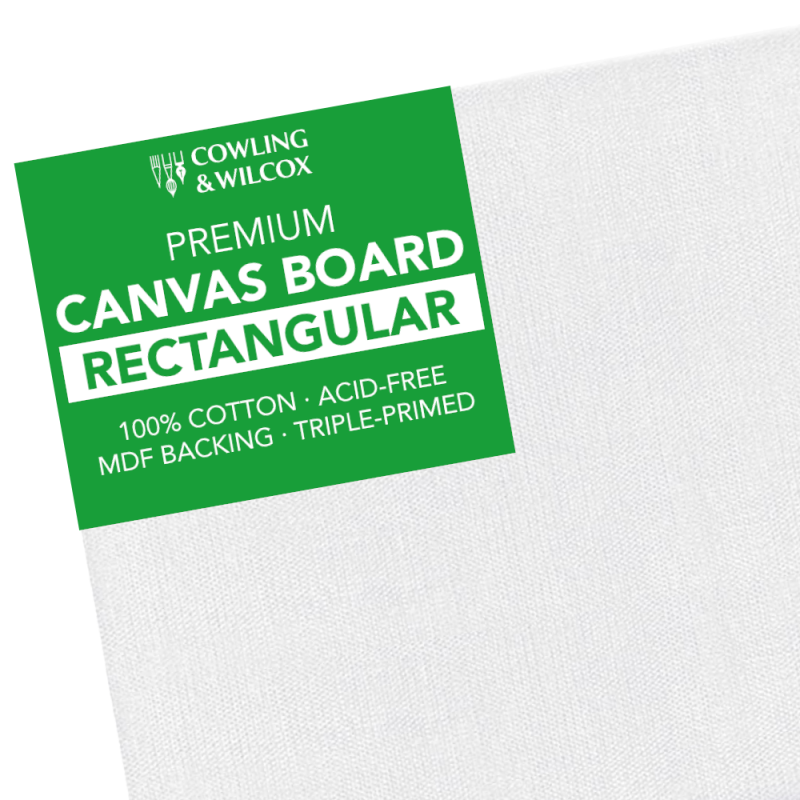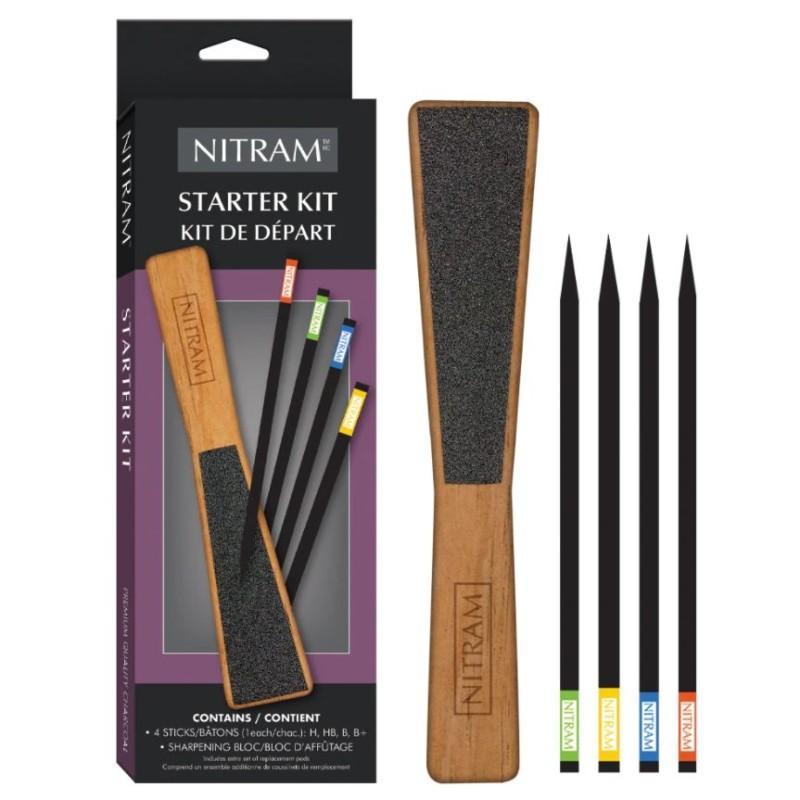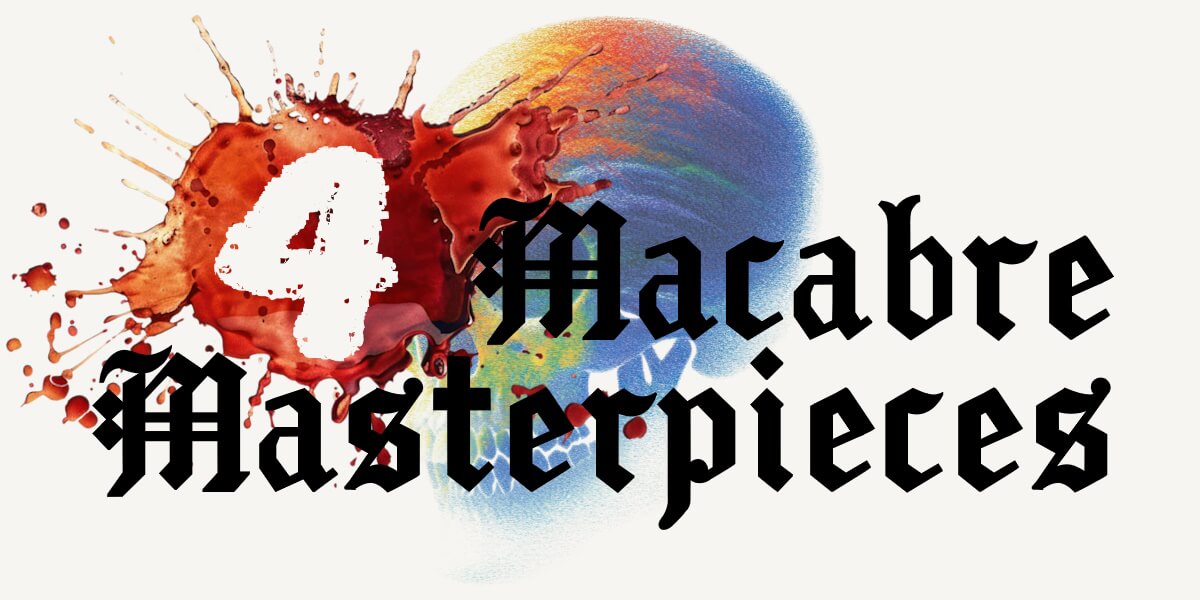
Exploring Mortality in Art
Four Masterpieces That Confront Death
From the earliest cave paintings to modern surrealism, artists have long explored the universal themes of death, loss, and transformation. Through brush, pigment and emotion, they’ve turned life’s most profound mystery into lasting visual language.
In this feature, we’re delving into four powerful examples from masters like Salvador Dalí, Georgia O’Keeffe, Edvard Munch, and Pieter Bruegel the Elder to explore how artists have used composition, colour, and symbolism to face mortality head-on.
Whether you’re working with oils, acrylics or pastels, there’s inspiration here to bring greater emotion and depth to your own creative practice.
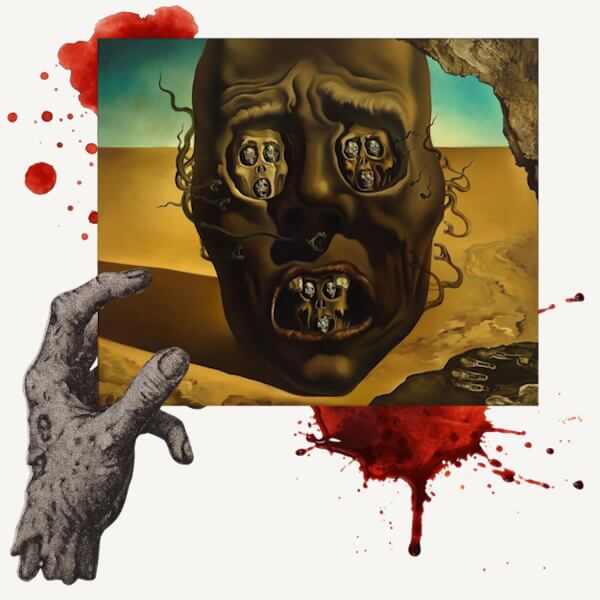
Salvador Dalí
The Face of War (1940)
Painted between the end of the Spanish Civil War (1936) and the beginning of the Second World War (1939), "The Face of War" is a surreal, haunting oil painting from Salvador Dalí offering a raw reflection of human suffering.
Surrounded by biting serpents, the disembodied, corpse-like head that dominates the frame sports an expression of misery or fear. Both the mouth and eye sockets are filled with multitudes of identical screaming faces; a visual echo of infinite despair.
Through his use of natural earthy tones paired with layers of texture, Dalí is able to capture a psychological, nightmare-like emptiness as barren as the very desert behind it, whilst his unique approach to visual storytelling challenges even modern artists to experiment with tone, repetition & contrast to evoke a deep emotional response.
Tip: Adopt a palette or painting knife to enjoy thick, tactile strokes or blend with a soft synthetic brush for smoother transitions and surreal, dreamlike effects.
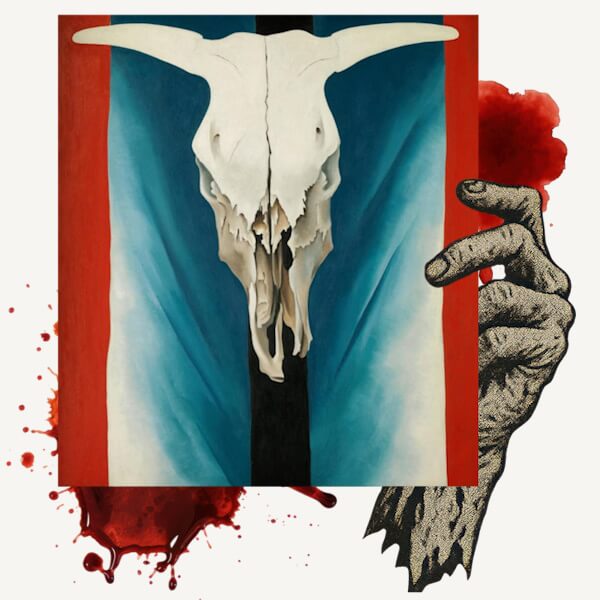
Georgia O’Keeffe
Cow’s Skull: Red, White, and Blue (1931)
At once stark and elegant, “Cow’s Skull: Red, White, And Blue” from Georgia O’Keeffe transforms death into a celebration of form and endurance.
Isolating a single skull against a colourful backdrop alluding to the iconic red, white, and blue of America’s flag, this icon oil painting focuses on the natural jagged edges, worn surfaces & bleached colouring of the bones, standing as a symbol of resilience, timelessness and the resilience of the American spirit.
The clean composition and balanced palette demonstrate how simplicity can convey profound meaning, with O’Keeffe’s mastery of shape, form and space remaining an enduring lesson for contemporary artists.
Tip: Pick up a fine detail brush from Da Vinci for crisp outlines & tonal definition or experiment with Unison Colour soft pastels for subtle gradients that echo O’Keeffe’s delicate transitions.
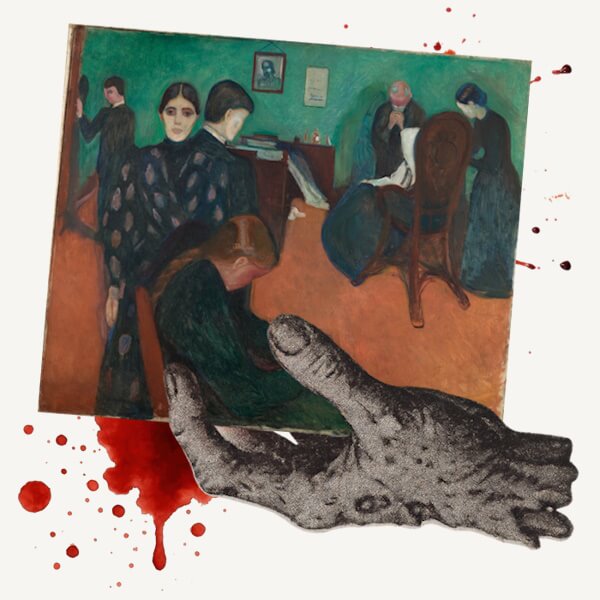
Edvard Munch
Death in the Sickroom (1893)
Inspired by the unfortunate passing of his sister Sophie from tuberculosis, “Death in the Sickroom” from Edvard Munch is a deeply personal work demonstrating grief through composition.
This solemn piece depicts the artist and his family with Sophie (in the chair, with her back to us) in a sparsely furnished room, with each withdrawn and silent participant expressing the inner solitude of mourning rather than the moment of death itself.
Munch’s muted palette, expressive brushwork and simplified forms limited by clear contours offer an emotional resonance beyond realism, reminding us that colour is a universal language that can be as psychological as it is visual.
Tip: Explore emotions through colour, experiment with layering & let instinct guide your palette with bold, colourful mediums like Derwent’s Inktense range or Professional Watercolour from Winsor & Newton.
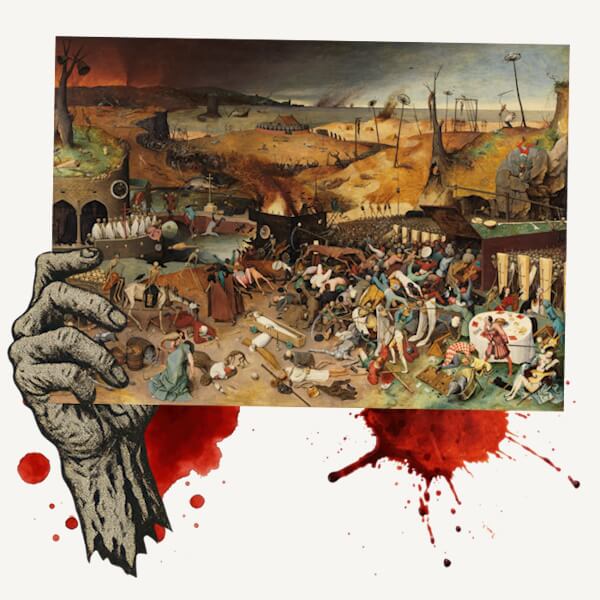
Pieter Bruegel the Elder
The Triumph of Death (c. 1562)
True chaos rendered with methodical precision, Bruegel’s monumental panoramic oil painting “The Triumph of Death” depicts skeletal armies wreaking havoc across a blackened, desolate landscape & remains one of art history’s most unforgettable visions.
Part of the BBC’s 100 Great Paintings, this painting teems with incredible details we couldn’t possibly fit here including legions of skeletons, wagons of skulls, shipwrecks & a coffin-shaped trap adorned with crosses!
Though Bruegel’s work was produced centuries ago, it’s a fantastic demonstration on how effective contrast, storytelling and scale can be in capturing the drama of human experience.
Tip: For large-scale painting in oils, try using Michael Harding's Miracle Medium to extend, enhance and alter the viscosity of your paints for a variety of effects.
Life in Death: Finding Inspiration in Mortality
Whether you prefer the subtlety of O’Keeffe, surrealism of Dali, sombre reality of Munch or the biblical scale of Bruegel, each of these incredible paintings demonstrates that even the darkest of emotions can lead to beauty, reflection and timeless meaning. So this spooky season, remember that whilst themes of mortality can feel heavy at times, they also connect us to the human experience.
Ready to embrace your dark side? Explore the Canford range from Daler-Rowney for handmade cards that put the “fun” in funeral or reflect on the dullness of real life with some Grey Compressed Charcoal Sticks from Jakar!























